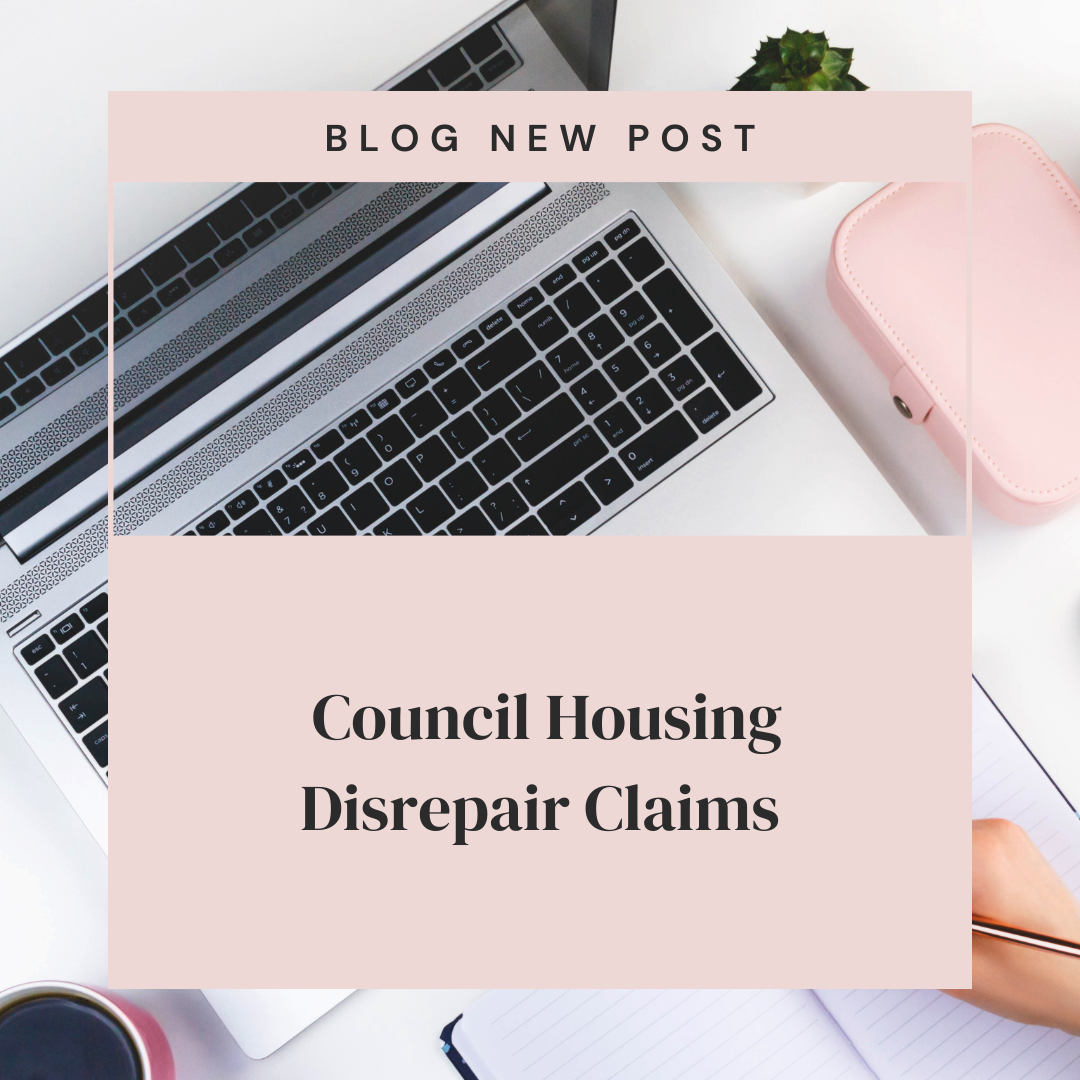Council Housing Disrepair Claims
Introduction
Council housing plays a vital role in providing affordable accommodation for thousands of individuals and families across the country. However, it is not uncommon for tenants to encounter issues with the state of their rented property. From structural problems to inadequate heating and mold growth, these issues can significantly impact the health and well-being of tenants. In such cases, council housing disrepair claims can provide a pathway for tenants to seek necessary repairs and compensation. In this article, we will explore the concept of council housing disrepair claims and shed light on the steps involved in resolving such issues.
1. Understanding Council Housing Disrepair
Council housing disrepair refers to any issues or defects in a rented property that affect its habitability, structural integrity, or tenant’s well-being. Common examples include dampness, leaks, electrical faults, faulty plumbing, lack of heating or hot water, and pest infestations. These problems can cause discomfort, health problems, and even lead to injuries if not addressed promptly.
2. Responsibilities of Council Landlords
Council landlords have a legal obligation to ensure their properties comply with health and safety standards and provide a suitable living environment for tenants. They are responsible for maintaining the structure, exterior, plumbing, heating, and electrical systems. Additionally, council landlords must address any issues promptly and conduct regular inspections to identify and rectify existing problems.
3. Council Housing Disrepair Claims Process
a. Report the Problem: The first step for tenants is to report the issue to the council or their housing association. This can typically be done through a dedicated helpline or by contacting the housing department directly. It is important to document the problem and keep records of all interactions.
b. Inspection and Assessment: After reporting, council staff are required to inspect the property, assess the reported issues, and determine whether repairs are necessary. This assessment usually includes a thorough examination of the property, including visible defects and potential hidden problems.
c. Repairs and Compensation: Once the assessment confirms the need for repairs, the council landlord is legally obliged to carry out the necessary work within a reasonable timeframe. In some cases, temporary measures may be implemented for urgent matters. If the repairs are not adequately addressed or delayed, tenants may initiate a claim for compensation.
d. Seeking Legal Advice: If the council fails to address the disrepair issue satisfactorily, tenants have the option to seek legal assistance to pursue a claim. Hiring a solicitor experienced in housing disrepair cases can help navigate the legal process, gather evidence, and negotiate a fair settlement.
Conclusion
Council housing disrepair claims provide a crucial avenue for tenants to ensure their homes are maintained in a habitable condition. By understanding the responsibilities of council landlords and following the appropriate steps, tenants can seek repairs and, if necessary, compensation for damages caused by disrepair. Effective communication, documentation, and legal advice can significantly strengthen the tenant’s position throughout the process. Ultimately, council housing disrepair claims aim to safeguard the rights and well-being of tenants, promoting better living conditions for all.
Important links
Housing Disrepair Advice: https://housingdisrepairadvice.org/contact
Housing Ombudsman: https://www.housing-ombudsman.org.uk/
